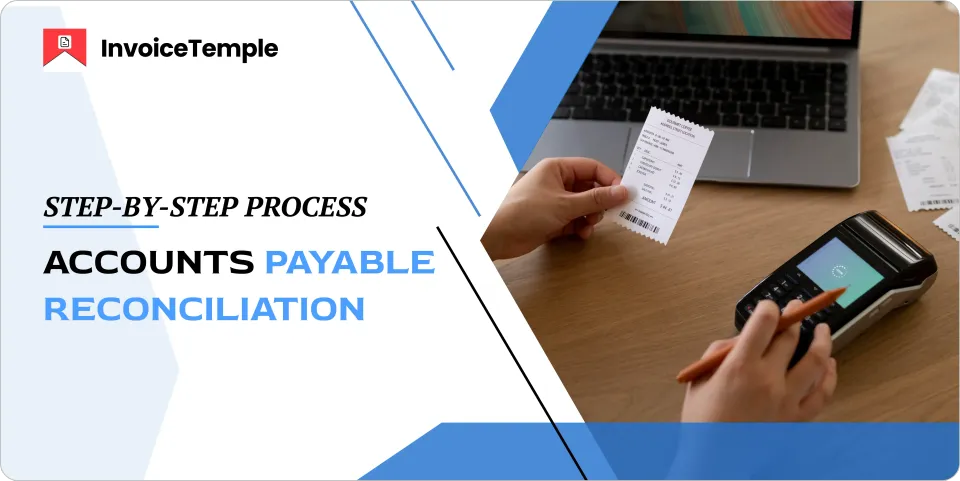A Complete Guide to Accounts Payable Reconciliation and Its Step-by-Step Process

Can you mention any business that doesn’t need to manage accounts? The answer is no. From small startups to large established corporations, everyone deals with business accounts. Managing the business accounts is not an elementary process. Concentration, consistency, and correctness are the 3 C’s needed to handle the accounts.
Only by maintaining the accounts payable and accounts receivable can the business accounts be managed properly. A crucial strategy in maintaining the business accounts is reconciling accounts payable. But this accounts payable reconciliation process has become one of the neglected processes by the business owners because they may not know its importance or be unfamiliar with this reconciliation process.
To help the business owners, this blog explains the complete process of accounts payable reconciliation. Let’s delve in deeper.
Accounts Payable Reconciliation Process: Definition
Accounts payable reconciliation is the financial process of matching the recorded balances of the business’s internal records with the amounts due in the vendor’s statements. The major role of the accounts payable reconciliation process is to create accurate financial reports and meet the vendor payment deadlines. Let’s explore the necessity of this process and the step-by-step guide below for better understanding.
Why Does Accounts Payable Reconciliation Matter in Managing Business Accounts?
The reconciling process of accounts payable eliminates all the confusions that arise regarding the invoice payments to be made. It also prevents any mismatches in the financial records and safeguards the business from fraudulent activities. Making the accounts payable reconciliation process a regular activity avoids late payment issues.
Various Ways to Reconcile Accounts Payable in Accounting
Bank Reconciliation: This is the process of comparing the bank statements with the business accounts.
Expense Reconciliation: This is the process of matching the expense records of the business with the business accounts.
Vendor Reconciliation: This is the process of matching the vendor invoices with the business's purchasing data.
Credit Card Reconciliation: This is the process of matching the credit card statement charges with the payments made through it.
Invoice Reconciliation: This is the process of matching the invoices received from the vendors with the agreed-upon prices by the business.
Step-by-Step Process of Accounts Payable Reconciliation
For doing the process of accounts payable reconciliation, an orderly process must be followed to gain better results. The step-by-step process is mentioned below.
Step # 1: Document Compilation
As the initial process of this reconciliation procedure, all the essential documents, like invoices, receipts, vendor statements, etc., should be collected. All the documents collected here should be related to the period for which the reconciliation process is going to be done.
Step # 2: Examine the Vendor Invoices
As the next process, the vendor invoices must be analyzed properly. The crucial details, like invoice number, due date, vendor details, items purchased, etc., should be checked carefully for accuracy.
Step # 3: Cross-Check Payment Records
After analyzing the vendor invoices, the payment records must be verified. Verifying that all the payments made match the invoices helps in identifying duplicate payments.
Step # 4: Reconcile and Compare with Bank Statements
The next process to be done here is performing the reconciliation process. I.e., matching the unpaid dues with the accounts payable records. After completing this process, the data should be checked with the bank statements as well. If any errors are spotted, then they should be rectified immediately.
Step # 5: Modify Details if Necessary
If any modifications must be implemented here, then make the necessary changes to amend the errors.
Step # 6: Finalize the Reports
After making the modifications, check the reports generated, finalize them, and get approval from the team.
Reconciliation is not a single-time process. It must be done for regular reconciliation periods.
If the reconciliation process is done manually, then it takes a long time and is prone to errors. But there is a solution for it, which is shifting from a manual process to using automated accounting software.
Start doing the accounts payable reconciliation process and manage your business accounts effectively without any flaws.
